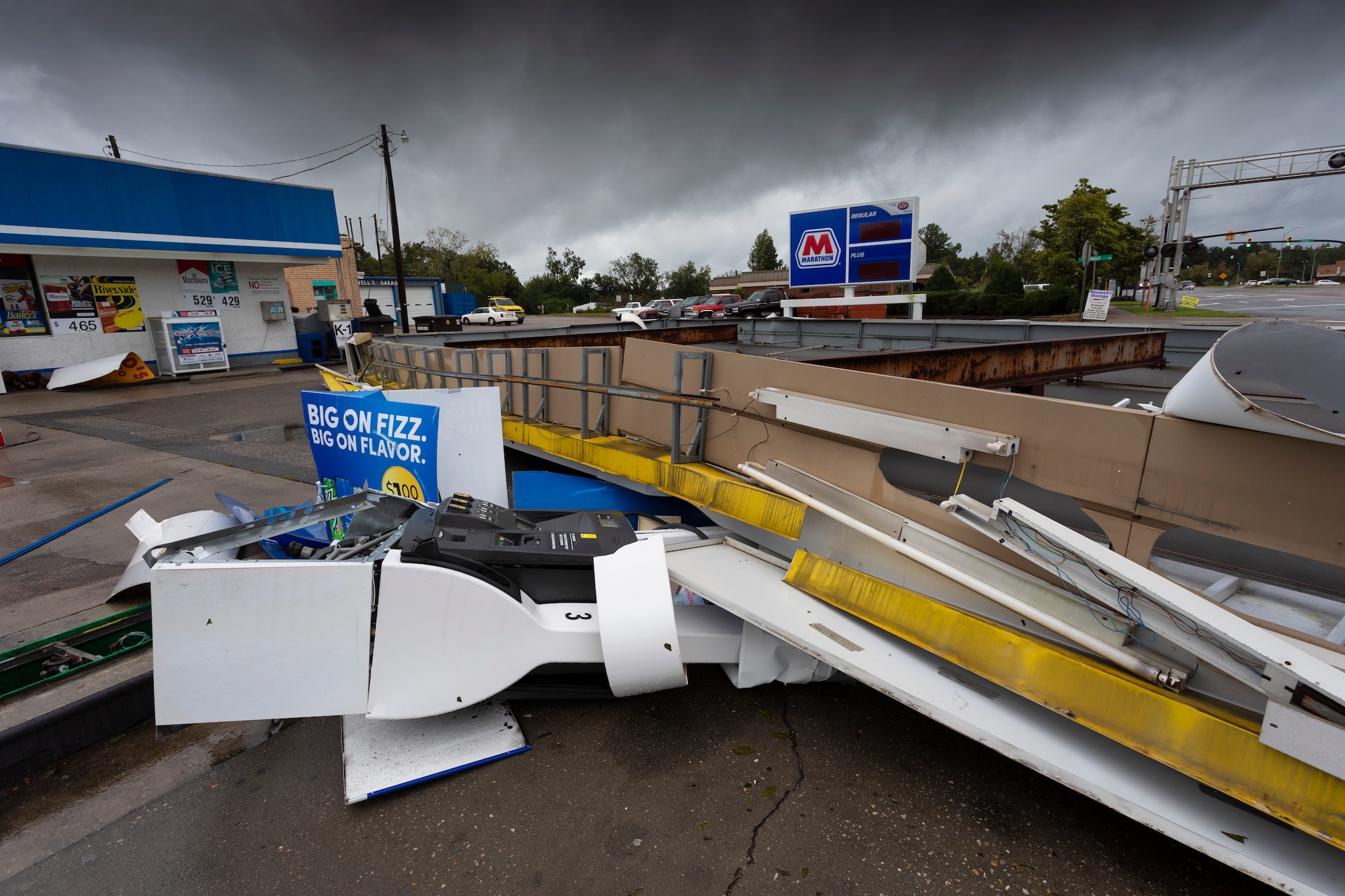PHEP Helps North Carolina Respond to Hurricane Florence
It was a storm, the locals said, unlike anything they had ever seen before. In mid-September 2018, Hurricane Florence churned through the Atlantic, reaching winds of 140 mph. With the storm barreling toward North Carolina, thousands of residents evacuated and the state increased its preparedness and response posture. Just before landfall, the wind speeds dropped to a Category 1 – but a new, potentially greater threat emerged. The storm was crawling at 3 mph, which meant that affected areas would have hurricane conditions for at least 24 hours.
Devastating flooding followed. Some areas saw more than 30 inches of rain. Between the cresting rivers and the storm surge, cities throughout North Carolina were inundated. Roads washed away, leaving cities like Wilmington completely cut off from the rest of the state. During the course of the storm, 42 people died.
Due to shifting conditions and emerging threats, the health department needed to be flexible and reactive. With PHEP support, staff promoted risk communication messages through a variety of channels including radio and social media, advising people on issues from flood safety to mold and generator dangers. Across the state, more than 20,000 evacuees were housed in shelters. The state and local health department staffed emergency operations centers, provided environmental inspection at the shelters, and conducted public health surveillance to prevent disease outbreaks. They also facilitated the distribution of naloxone, a fast-acting medication that can reverse opioid overdoses, to the shelters to keep people safe. Additionally, they coordinated the transport of time-critical newborn screening specimens, vaccines, and metabolic infant formula, and organized mosquito control activities.
More than 250 medically dependent patients were evacuated to shelters, and 1,000 patients sought medical care at field hospitals. To meet the needs of these patients, the health department used the Emergency Management Assistance Compact (EMAC) – a system that allows states to transfer critical personnel and resources during an emergency. States from across the country rapidly deployed 169 public health nurses to North Carolina to provide staffing support, airlifting some of them into places like coastal Brunswick County, which had become isolated from the rest of the state due to flooding. These nurses were instrumental in ensuing safe medical and public health conditions for tens of thousands of vulnerable evacuees.
More and more, the United States is experiencing natural disasters that expand the definition of “catastrophic.” Through trainings, exercises, ensuring familiarity with EMAC, and many other ways, PHEP helps prepare states for these ever-evolving threats, so that they can keep their residents safe during times of crisis.

In September 2018, Hurricane Florence crawled through North Carolina, causing catastrophic flooding and killing 42 people. With the help of PHEP, the state health department disseminated health education messages, monitored shelters, and led mosquito control activities to help keep residents safe.
The Incident
In September 2018, Hurricane Florence crawled through North Carolina, causing catastrophic flooding and killing 42 people.
The Response
With the help of PHEP, the state health department disseminated health education messages, monitored shelters, and led mosquito control activities.
The Outcomes
These activities helped keep both the 20,000 evacuees living in shelters, as well as those who remained in their homes, safe.